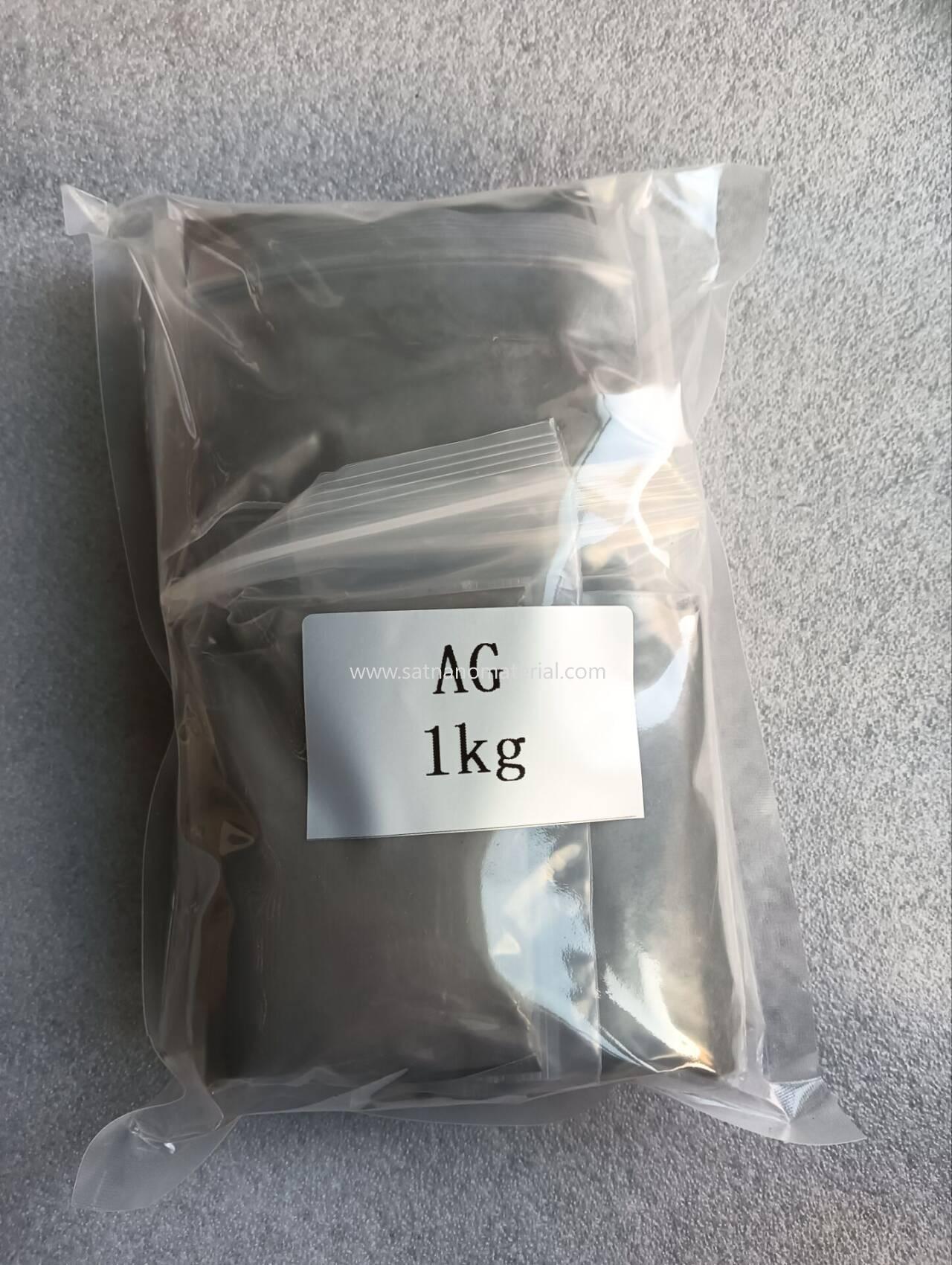La plata tiene la mayor conductividad entre los metales, con excelente conductividad, conductividad térmica, buena estabilidad química y soldabilidad, y se utiliza ampliamente en diversos campos de la industria electrónica moderna. Ya sea una pantalla flexible OLED o una pantalla LCD, existen innumerables líneas conductoras delgadas en su interior, impresas con pasta conductora de plata.

1. Composición de pasta conductora de plata
Conductivo
pasta de plata
Es generalmente una pasta viscosa preparada mediante la mezcla mecánica de partículas de plata metálica de tamaño micrométrico, aglutinantes poliméricos, disolventes, aditivos, etc.
Entre ellos, el polvo de plata es una fase funcional conductora, y sus características intrínsecas como la microestructura, la morfología, el tamaño y la distribución, la actividad superficial, etc. tienen un impacto significativo en la conductividad de la capa de película final.
La fase adhesiva es la sustancia formadora de película de la pasta conductora, que se puede dividir en dos categorías: fase adhesiva inorgánica y fase adhesiva orgánica. Sus funciones principales son dos: primero, actúa como esqueleto, uniendo el polvo de plata para lograr la función conductora del cableado; segundo, actúa entre la capa de película y el sustrato para lograr la unión entre la capa de película conductora y el sustrato.
El disolvente también es un componente esencial de la pasta conductora y desempeña un papel en la disolución de la resina y el ajuste de la viscosidad de la pasta.
Además, los aditivos también juegan un papel importante en las pastas conductoras, incluyendo principalmente tixotropos, dispersantes, agentes niveladores, antioxidantes, etc., que mejoran el rendimiento de recubrimiento de la pasta y las propiedades fisicoquímicas de la capa de película.
2. Pasta conductora de plata clasificada por método de curado.
La pasta de plata conductora se puede dividir en tres categorías según el método de curado: pasta de plata conductora sinterizada, pasta de plata conductora curada a baja temperatura y pasta de plata curada con UV.
A. Pasta conductora de plata sinterizada
La pasta conductora sinterizada se elabora mezclando polvo de plata como fase conductora, polvo de vidrio como fase aglutinante, disolventes orgánicos y otros aditivos como soporte orgánico. Este tipo de pasta conductora de plata se sinteriza en una película a una temperatura de sinterización generalmente superior a 500 °C.
La pasta conductora de plata sinterizada se utiliza principalmente para sustratos aislantes de alta temperatura, como cerámica y vidrio. Este tipo de pasta conductora de plata se utiliza comúnmente en componentes electrónicos como potenciómetros y circuitos de película gruesa que soportan altas temperaturas, como electrodos internos de MLCC, impresión de electrodos de células fotovoltaicas y circuitos conductores locales de PCB.
Pasta de plata curada con C.UV
La unión en pasta de plata curada con UV es más compleja en comparación con las dos anteriores, y debe tener al menos monómeros de curado con UV, fotosensibilizadores y agentes de reticulación.
Su mecanismo de curado también es relativamente complejo. El fotosensibilizador se excita con luz ultravioleta para convertirse en una molécula activadora, lo que induce la reacción de copolimerización de los polímeros fotosensibles y, finalmente, se reticula para formar una estructura reticular.
Debido a que la formación de película no requiere calentamiento, la pasta de plata curada con UV se utiliza a menudo como sensor térmico para unir y conducir componentes que no requieren calentamiento ni curado.
La pasta conductora de plata, como uno de los materiales básicos indispensables en la industria electrónica, su optimización del rendimiento y la innovación tecnológica influirán directamente en el progreso y desarrollo de toda la industria. Con la continua actualización y el progreso de las aplicaciones, esperamos una aplicación más amplia de la pasta conductora de plata en el futuro.
SAT NANO es uno de los mejores proveedores de polvo de plata En China, podemos ofrecer nanopartículas y partículas micrométricas para que el cliente haga pasta conductiva, si tiene alguna consulta, no dude en contactarnos admin@satnano.com
 Servicio en línea
Servicio en línea 13929258449
13929258449 admin@satnano.com
admin@satnano.com + 8613929258449
+ 8613929258449